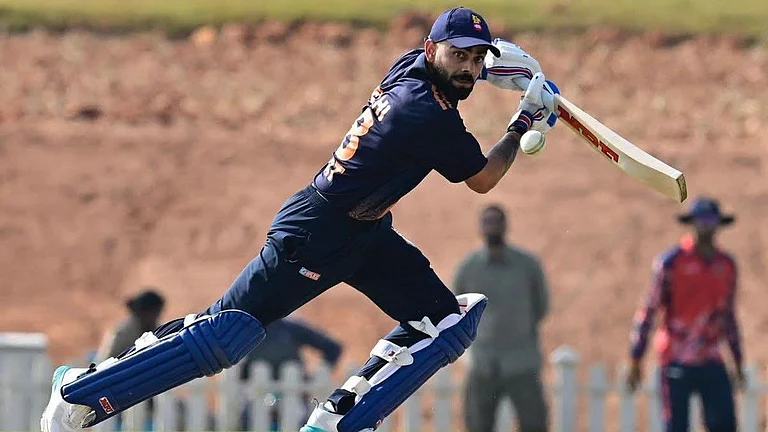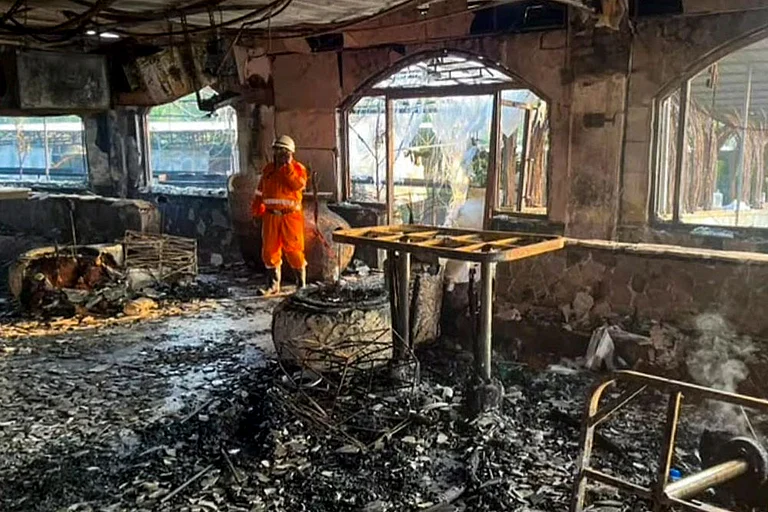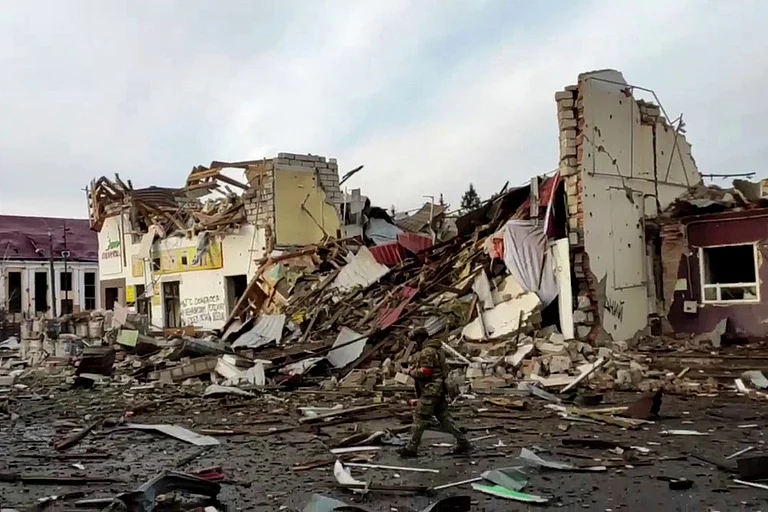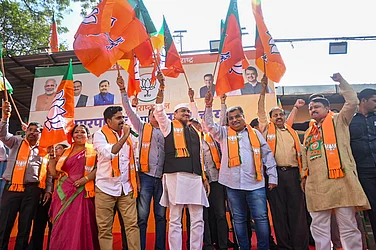Ladakh, historically the crossroads of important trade routes, is a place of wonder. The region, a blend of pristine natural beauty and ecology that along with its genteel, humble and warm people accords it a surreal tone, tenor and character. This rather abstract description can only be felt and experienced – one has to visit the place to soak in the vibes and the warmth that Ladakh exudes. But, nonetheless, an attempt can be made to describe it in words, no matter how prosaic it would be to put into perspective the nature and character of the region.
Some theory first.
Generally, it would appear that a place’s character arises from the nature of the people that comprise it. What, then, are Ladakhis like? And what informs their special nature? While the socio-religious make-up of Ladakh straddles a faultline between mostly Shia Muslims and Buddhists and a smattering of other religions, there is an ingress of a cultural overlay that is shared by all Ladakhis.
One feature of these shared cultural characteristics is the psychic openness (in relative terms) of its people to outsiders, their peaceful and peaceable nature, the positive vibes and energy that they exude and the overall tenor of life —happy, calm, composed— in the region.
The variables as well as constants that could possibly explain these characteristics are the indelible impact of spirituality and folk customs in Ladakh —Islam in Kargil and Buddhism in Leh— in addition to, importantly, the ecology of the region: huge, majestic but rugged mountainscapes and perhaps even the harsh climate that has rendered its people resilient and warm at the same time.
The synthesis of these variables and constants give the people of Ladakh a collective personality that is unmistakable. Polite to a fault, honest, open and warm, Ladakh is an anthropologist’s dream in terms of the impact of modernisation on a typically traditional society whose political economy was determined largely by its peculiar geography, ecology informed in turn by major religions that constitute its firmament.
This brief quasi theoretical exegesis informs the tenor of life in Ladakh. What is that like?
A couple of anecdotes and metaphors might throw into relief the nature of the answer. In contrast to bustling cities or regions that are making a transition to full blown (albeit haphazard) urbanisation, Ladakh is an island of tranquillity.
This is perhaps best reflected in the tenor of its traffic. Even though the ratio of motor vehicles to the population is not much, but regardless, traffic, despite the constraints of the bounds of the city of Leh, is orderly and rather seamless. There are hardly any traffic snarls, non-existent road rage, and no blaring of horns. Pedestrian movement corresponds to this order – a fact that explains negligible presence of traffic cops on the streets of Leh (some of these, as incredible as it may sound in this part of the world are women). Parking is orderly, inconsonance with the nature of the place.
One other dimension of Leh is the proportion of labour force participation of women that’s ubiquitous in the social and economic life of the region. Women workers range from traffic cops to working in kiosks selling Tibetan wares and Ladakhi crafts, street vendors, and those involved in the handicraft-making and trade. One notable example here is the presence of new-age entrepreneurs —both men and women— who are not only making a mark in the Pashmina trade of the region but are also injecting verve into this trade and are introducing new and modern techniques, especially into the retailing end of the Pashmina value chain.
Due to the demands of tourism and astute urban planning, the city of Leh makes sense. Portions of the city —especially the main arcade— bear a faint resemblance to a typical European arcade. It is well maintained, neat and there’s hardly any clutter. Similarly, Kargil, another district of Ladakh, even though not as neatly planned as Leh, is neat and well organised and planned in relative terms.
Linguistically, Ladakhi language appears to be a derivative and a variant of the Tibetan language. Accents, dialects, and intonations vary across different regions. Most people are bilingual or even multilingual, speaking Ladakhi, Urdu, Hindi, and English. This is contingent on education levels and exposures to regions beyond Ladakh.
New-age entrepreneurs speak English with flair and panache, are clued in to developments and trends in and across the world. An unexplored or underexplored dimension of Ladakh, especially in Kargil, is the rich tradition of poetry and oral history mostly informed by folklore. This appears to be a historical tradition that is dying as modernity, modernisation, and their demands make inroads into the cultures and traditions of Ladakh – a trend that is also altering the socio-cultural and socio-economic complexion of Changthangi semi-nomads that have historically and contemporarily been the source of Pashmina, the famed input and raw material for Pashmina.
All in all, Ladakh, is a fascinating region. Its splendid natural beauty, ecology, socio-religion complexion, its people, culture and political economy lend itself to a picture that is pristine and even sublime. These are elements and features that call for preservation.
But at the same time, Ladakh is a region that is in transition. Modernity and modernisation, their inroads into Ladakh, will create both pulls and pressures for change. The people of the region are owed economic development and even growth – the kind that percolates to all sections of society.
But in the melee of change, the pristine and characteristics —environmental, ecological, cultural and social— that define Ladakhis must remain. The reference or even allusion here is to the twin impacts that modernisation and modernity have on traditional societies, which is a conundrum every developing society faces and has to deal with.
Can Ladakh retain its traditional elements against the onslaught of modernisation? Can it create a synthesis between modernity and tradition that redounds to the comprehensive and holistic benefit of its peoples? This perennial question of utmost importance will ultimately determine the nature and character of the region in all its forms – social, cultural, ecological, and economic.
As a friend of mine remarked, “the real test of character of a people is when money starts flowing”. The hope is that Ladakh remains a region that while reaping the benefits of economic development, and modernization thereof retains its “essential” character. How this synthesis can be achieved is a billion-dollar question. The answer and the response to this fundamental issue and question lies with the people of Ladakh.























